Scrubs are the standard attire for medical professionals, especially in healthcare settings such as hospitals, clinics, and dental offices. They are designed to be functional, comfortable, and easy to maintain. Here?s a detailed description of scrubs:
Types of Scrubs
Traditional Scrubs
Design: Classic two-piece set consisting of a short-sleeved or long-sleeved top and pants.
Features: Simple design, often with a V-neckline for the top and an elastic or drawstring waistband for the pants.
Modern Scrubs
Design: Updated styles that may include features like more pockets, fitted cuts, or stylish patterns.
Features: Incorporate contemporary fashion trends while maintaining functionality.
Scrub Dresses
Design: One-piece garment, usually with a more tailored fit.
Features: Offers an alternative for those who prefer a dress style over pants.
Lab Coats
Design: Worn over scrubs for additional protection or professionalism.
Features: Typically white, with a front button closure, and pockets for tools or notes.
Specialty Scrubs
Design: Tailored for specific roles or needs.
Examples: Scrubs with antimicrobial properties, flame-resistant scrubs, or scrubs designed for pediatric or geriatric care.
Key Features of Scrubs
Material
Fabric: Commonly made from a blend of polyester and cotton, or 100% polyester for durability and easy care.
Properties: Soft, breathable, and moisture-wicking to keep the wearer comfortable during long shifts.
Fit and Cut
Top: V-neck or round-neck, with either short or long sleeves. Can be relaxed or tailored for a more fitted look.
Pants: Drawstring or elastic waistband, often with pockets on the sides or cargo-style pockets for storage.
Color and Pattern
Colors: Typically solid colors like blue, green, or gray, but can also include patterns or prints depending on the workplace.
Patterns: Some scrubs have patterns for a more personalized or child-friendly appearance.
Pockets
Top: Usually features front pockets, sometimes with additional smaller pockets for pens or medical instruments.
Pants: Often have pockets on the sides and/or back for convenience.
Closure
Top: Pull-over or button closures.
Pants: Drawstring or elastic waistband for an adjustable fit.
Care Instructions
Washable: Most scrubs are machine washable and durable enough for frequent laundering.
Durability: Designed to withstand regular washing and use.
Usage and Purpose
Hygiene:
Scrubs help maintain a sterile environment by being easily washable and changing frequently.
Professional Appearance:
They provide a professional and uniform appearance among healthcare workers.
Functionality:
Designed with features like pockets for carrying medical tools and materials, and breathable fabric for comfort during long hours.
Identification:
The color or design of scrubs may indicate different roles, departments, or levels of experience within the medical team.
Choosing the Right Scrubs
Comfort:
Look for soft fabrics and a good fit that allows for ease of movement.
Functionality:
Consider the number and placement of pockets, as well as the type of closure for convenience.
Durability:
Choose fabrics that are resistant to wear and tear from frequent washing.
Fit:
Ensure that the scrubs fit well, considering that they should not be too tight or too loose.
Compliance:
Check if there are specific color or style requirements for your workplace.
Examples of Scrubs
Standard V-Neck Top and Drawstring Pants: Basic and widely used in various healthcare settings.
Stretch Scrubs: Offer added flexibility and comfort with stretchable materials.
Scrubs with Antimicrobial Properties: Designed to reduce bacteria and odors.
Scrubs are essential for healthcare professionals, providing both a practical and professional uniform that supports their daily tasks and ensures a hygienic environment.

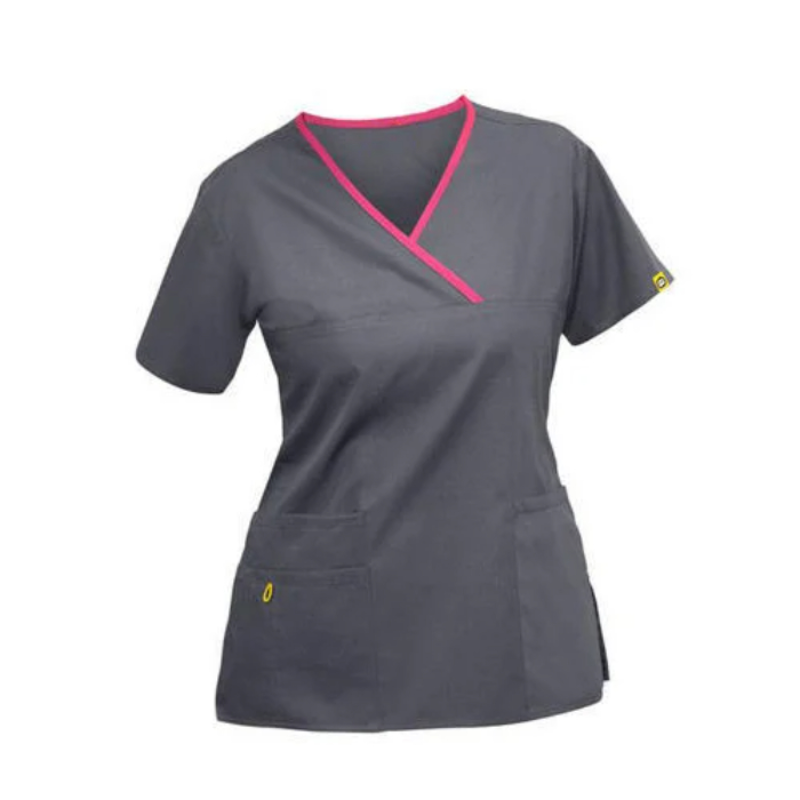
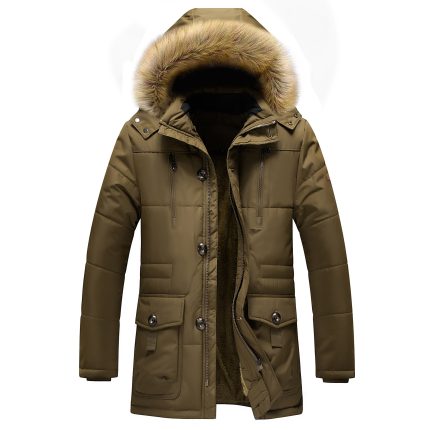
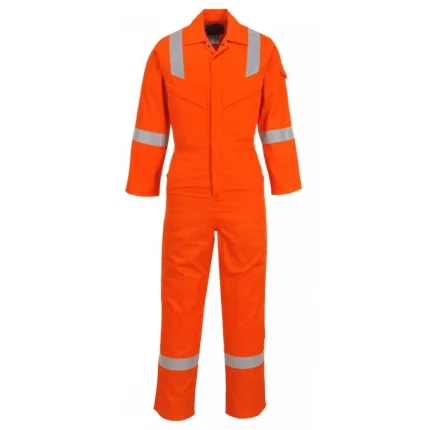

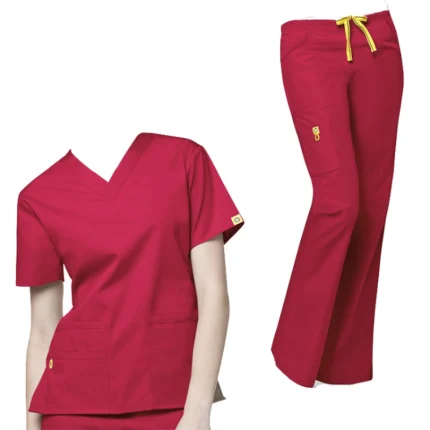
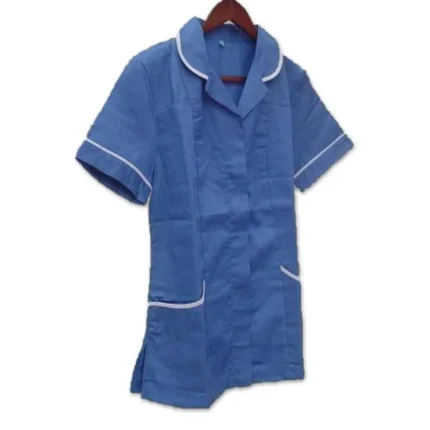
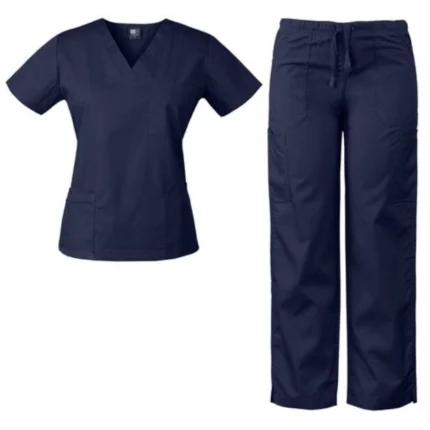
Reviews
There are no reviews yet.